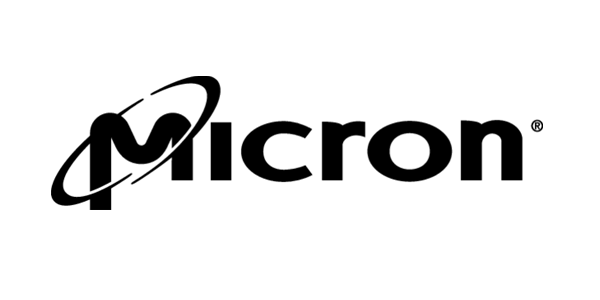Recreating the Computer Chip that went on the Moon in 1969
The Apollo Guidance Computer (AGC) was the first recognizably modern embedded system, used in real-time by astronaut pilots to collect and provide flight information, and to automatically control all of the navigational functions of the Apollo spacecraft. The AGC provided onboard computation and control for guidance, navigation, and control of the Command Module (CM) and Lunar Module (LM) spacecraft of the Apollo program. It is notable for having been one of the first IC -based computers. Each chip contained a pair of logic gates, and each gate was a simple electronic switch that monitored three inputs, and turned its output to “off” if any of the inputs were “on.” (3-input NOR gates, using bipolar junction transistors (BJT)). Some 5,600 of these primitive integrated circuits, arranged in a sequence, formed the digital cascade that was the computer’s brain. It was mounted in a hardened metal container on the wall behind the astronauts, then connected by wire to the console in front of them. We have obtained an original chip from a museum collector (Jimmie W. Loocke) and tested it in our lab. We have created and simulated the npn BJT process flow to build these devices. Results will be shared at 2024 Imagine RIT.
Topics
Exhibitor
Santosh Kurinec
Advisor(s)
I am a faculty and will be presenting with students engaged in this project.
Organization
KGCOE, RIT
Thank you to all of our sponsors!








